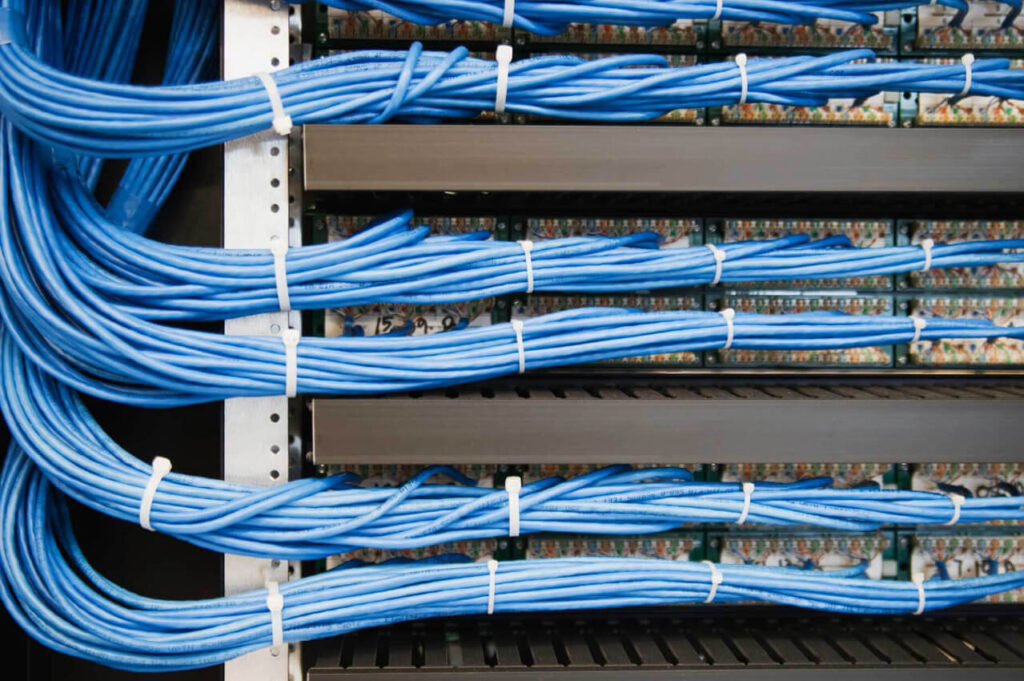No products in the cart.
Networking Solutions
Structured Cabling Services
Structured cabling is the backbone of modern communication systems, and it plays a crucial role in ensuring the smooth functioning of your organization’s IT infrastructure.
Structured cabling is a type of network cabling infrastructure that provides a standardized approach to designing and installing a network. It refers to the installation of a comprehensive cabling infrastructure that includes all the necessary components, such as cables, connectors, patch panels, and other hardware.
The primary goal of structured cabling is to create a flexible and reliable network infrastructure that can support various types of data and voice communication systems. Structured cabling provides a centralized cabling system that is easy to manage and maintain, which reduces the overall cost of network installation and management.
Structured cabling typically follows a set of standards established by organizations. These standards ensure that the cabling infrastructure is designed and installed consistently and efficiently, which helps to minimize downtime and maximize network performance.
Benefits of Structured Cabling
Scalability
Structured cabling provides a flexible and scalable network infrastructure that can easily accommodate changes and additions to the network as needed.
Improved reliability
A structured cabling system is designed to minimize downtime and improve network reliability by providing redundancy and minimizing the risk of cable failure.
Cost-effective
Structured cabling reduces the cost of network installation and management by using standardized components and cabling, reducing the need for proprietary equipment and minimizing the need for ongoing maintenance.
Future-proofing
A structured cabling system is designed to minimize downtime and improve network reliability by providing redundancy and minimizing the risk of cable failure.
Centralized management
Structured cabling provides a centralized cabling system that is easy to manage and maintain, reducing the time and effort required to manage the network.
Improved performance
Structured cabling minimizes signal interference and ensures consistent signal quality, which helps to improve network performance and reduce data transmission errors.
Benefits of Structured Cabling
Structured cabling is essential for any organization that relies on IT infrastructure for its day-to-day operations. A well-designed structured cabling system provides a reliable, flexible, and scalable infrastructure that can support multiple applications, devices, and data types. By using a structured cabling system, you can:
A well-structured cabling system minimizes the risk of network downtime, data loss, and other technical problems. This is because it provides a unified and standardized cabling infrastructure that is easy to manage and troubleshoot.
A structured cabling system is flexible and can adapt to changing business needs. It also supports multiple applications and devices, which makes it easier to expand your network as your organization grows.
A well-structured cabling system reduces the need for expensive hardware upgrades and maintenance. It also simplifies the management of your IT infrastructure, which reduces the workload for your IT team.



